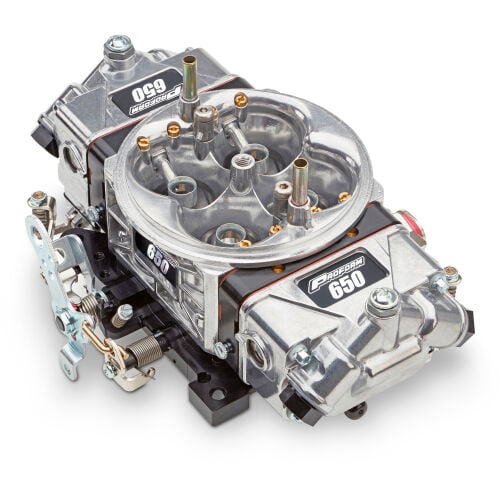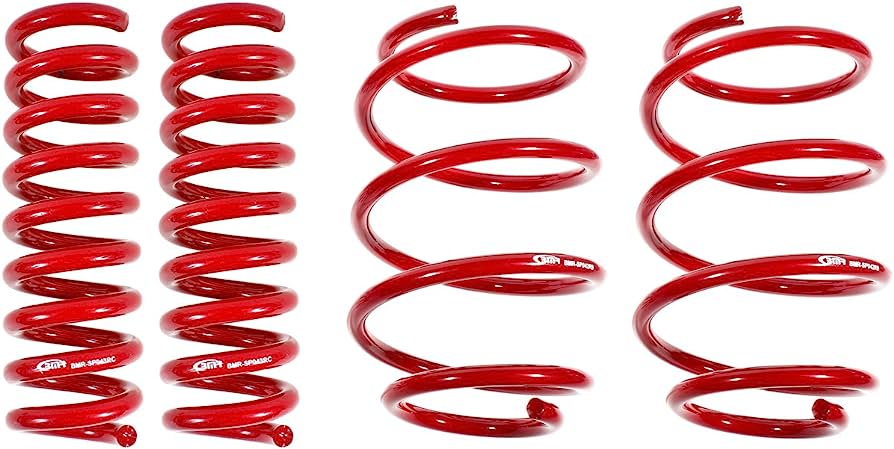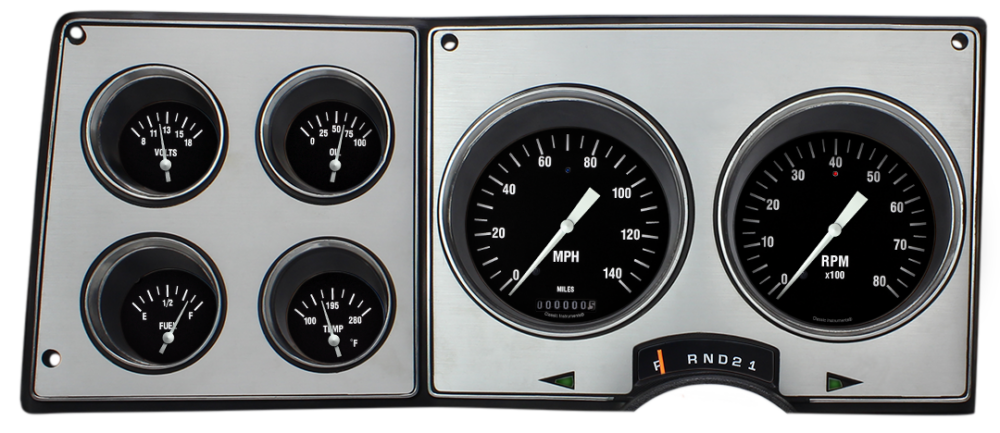
In the world of high-performance racing engines, carburetors play a vital role in fuel delivery and performance optimization. When it comes to racing carburetors, understanding the primary and secondary barrel types is essential. In this article, we will delve into the significance of carburetors, explore the primary and secondary barrel types, analyze their effects on performance, and discuss the benefits of upgrading to a racing carburetor.
What are the Barrels on a Carburetor?
A carburetor is a device responsible for mixing air and fuel in an internal combustion engine. It consists of several components, including the throttle plates and the barrels. The barrels, specifically, refer to the fuel-dispensing sections within the carburetor.

Primary & Secondary Barrel Types
Carburetors can have different barrel configurations, typically categorized as primary and secondary barrels. Let's take a closer look at each:
- Primary Barrels: The primary barrels are the ones that control fuel delivery during most driving conditions, particularly at lower engine speeds. They are responsible for providing the right amount of fuel for idle, cruising, and moderate acceleration. In a traditional four-barrel carburetor, there are two primary barrels.
- Secondary Barrels: Secondary barrels come into play during heavy acceleration or wide-open throttle situations when the engine demands a higher fuel flow. These barrels provide an additional fuel supply to meet the increased power requirements. In a four-barrel carburetor, the secondary barrels are usually larger than the primary barrels.
Effects on Performance
The primary and secondary barrel types on a racing carburetor have significant effects on overall engine performance. Here's how they impact the engine's power delivery:
- Throttle Response: Primary barrels have smaller diameters, allowing for quicker air and fuel delivery at lower RPMs. This improves throttle response and enhances drivability during normal operating conditions. Secondary barrels, with their larger sizes, provide additional fuel for maximum power output during high-performance scenarios.
- Power Band: The combination of primary and secondary barrels creates a dual-stage power delivery system. The primary barrels provide low-end torque and smooth acceleration, while the secondary barrels contribute to peak horsepower and top-end performance. This setup ensures a broad and usable power band across various engine speeds.

Upgrading To A Racing Carburetor
For racing enthusiasts seeking enhanced performance, upgrading to a racing carburetor can provide substantial benefits. Here are some advantages of switching to a racing carburetor:
- Improved Flow and Fuel Atomization: Racing carburetors are designed with larger primary and secondary barrels, optimizing fuel flow and atomization. This results in improved engine breathing, increased horsepower, and enhanced throttle response.
- Tuning Flexibility: Racing carburetors often feature adjustable air-fuel mixture screws, idle circuits, and jetting options, allowing for precise tuning to match specific engine requirements. This flexibility enables fine-tuning for different racing conditions, ensuring optimal performance on the track.
- Enhanced Durability: Racing carburetors are built to withstand the rigors of high-performance applications. They are constructed with durable materials and precision engineering to handle increased fuel and air flow, providing long-lasting reliability under demanding racing conditions.

Understanding the primary and secondary barrel types on a racing carburetor is crucial for optimizing engine performance in racing applications. The primary barrels provide consistent fuel delivery during normal driving conditions, while the secondary barrels deliver additional fuel for maximum power output. By upgrading to a racing carburetor, enthusiasts can enjoy improved flow, enhanced tuning flexibility, and increased durability. Whether you're a professional racer or an avid hobbyist, choosing the right carburetor setup can make a substantial difference in your racing experience, delivering the power and performance you crave.




